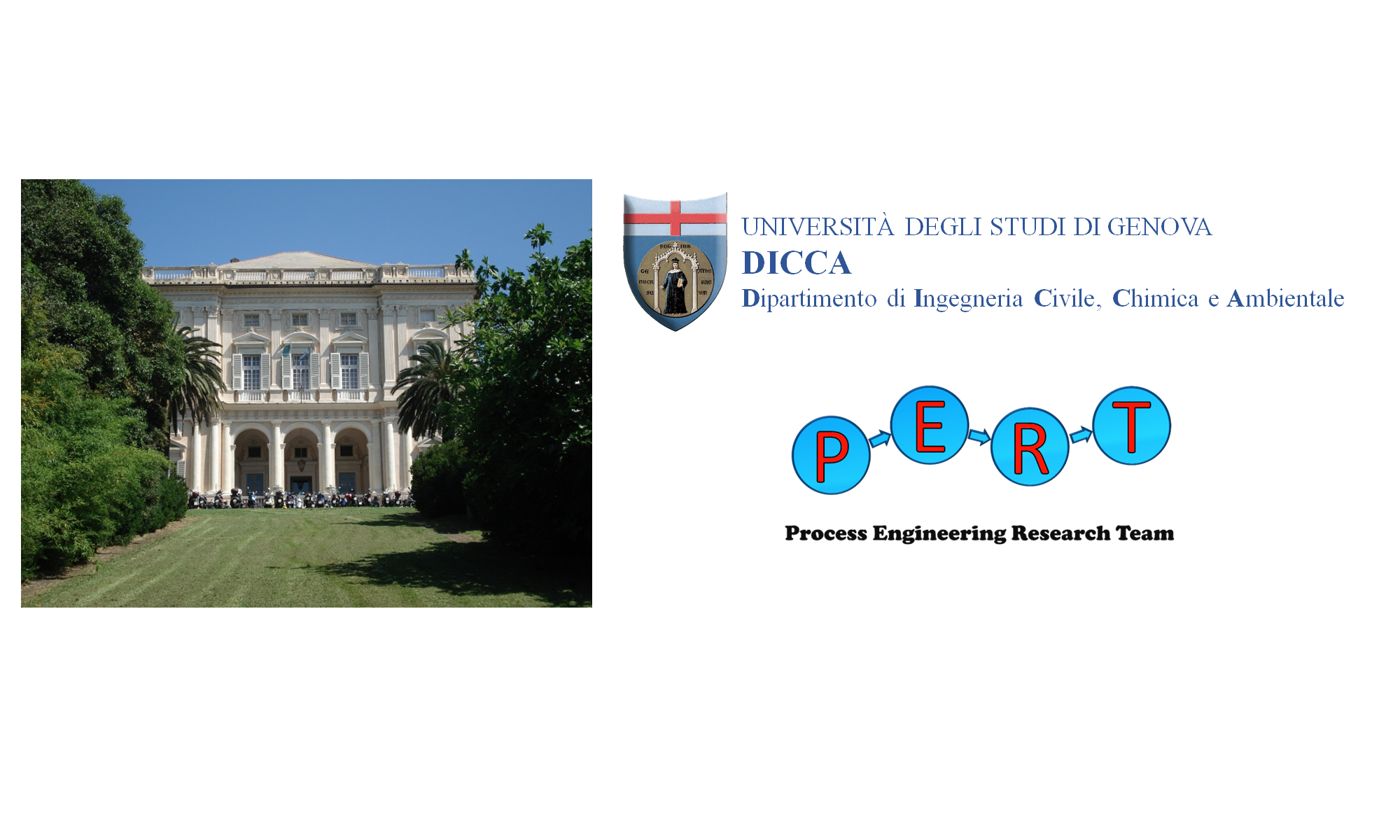The PERT in collaboration with IENI-CNR of Genoa has been studying with success for years the interactions between the surface of a liquid metallic phase and the contaminating species (in particular the oxygen) coming from the contiguous gas phase, as it is of great importance in many processes technologically advanced.
The systematic measures of gas-metal interactions in terms of dynamic surface stresses and predictive theoretical models have shown that the metal-oxygen interactions of a drop in a controlled atmosphere (in flow or under vacuum) can not be interpreted with reference to the evolution towards one state of equilibrium, but rather in terms of quasi-stationary configurations. It follows that the partial oxygen pressures at which the interfacial contaminations begin to become evident are much greater (for tens of orders of magnitude) from saturation pressures. Both oxygen evaporation in the form of volatile oxides and oxygen flow towards the metal phase contribute to keeping the interface clean.
For the time being, studies have been carried out on tin, aluminum and silicon, with some extensions to alloys (for example aluminum-indium).
PERT collaborated with IENI in the study and simulation of the interactions between metallic drops and the surrounding atmosphere within the IMPRESS project, funded by the European Union (6th Framework Program).

